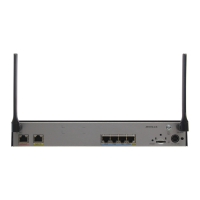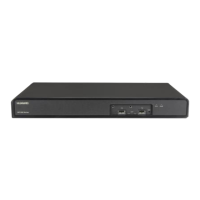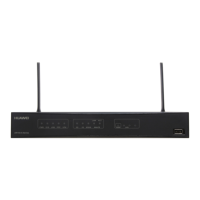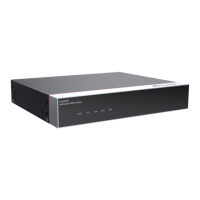Telnet does not provide secure authentication and TCP transmits data in plain text. This
creates security vulnerabilities. Denial of service (DOS) attacks, host IP address spoofing,
and route spoofing also threaten system security. Telnet services are vulnerable to network
attacks.
SSH implements secure remote access on insecure networks and has the following
advantages compared with Telnet:
– SSH supports Remote Subscriber Access (RSA) authentication. SSH uses RSA
authentication to generate and exchange public and private keys compliant with an
asymmetric encryption system that protects session security.
– SSH supports Data Encryption Standard (DES), 3DES, and AES authentications.
– SSH usernames and the passwords are encrypted in communication between an SSH
client and server. This prevents password interception.
– SSH encrypts transmitted data.
If the STelnet server or the connection between the server and a client is faulty, the client
must detect the fault and release the connection. A fault detection function must be
configured on the client to accomplish this. The client sends keepalive packets to the server
at a configured time interval. If there is no reply from the server to a configured number of
keepalive packets, the client determines that there is a fault and releases the connection.
l SFTP client
SFTP is short for Secure FTP. You can log in to a device from a secure remote end to
manage files. This improves data transmission security when the remote system is updated.
The client function allows you to use SFTP to log in to the remote device for secure file
transmission.
If the SFTP server or the connection between the server and a client is faulty, the client
must detect the fault and release the connection. A fault detection function must be
configured on the client to accomplish this. The client sends keepalive packets to the server
at a configured time interval. If there is no reply from the server to a configured number of
keepalive packets, the client determines that there is a fault and releases the connection.
8.2 Logging in to Other Devices Using Telnet
On most networks, multiple routers need to be managed and maintained, but it may be impossible
to connect some of these routers to a PC terminal. In other cases, there may be no reachable
route between a router and a PC terminal. You can log in to a local router and then use Telnet
to log in to remote routers to complete management and maintenance tasks.
8.2.1 Establishing the Configuration Task
Before configuring login to another device from the device that you have logged in to, familiarize
yourself with the applicable environment, complete the pre-configuration tasks, and obtain any
data required for the configuration. This will help you complete the configuration task quickly
and correctly.
Huawei AR1200 Series Enterprise Routers
Configuration Guide - Basic Configuration 8 Accessing Another Device
Issue 04 (2012-05-15) Huawei Proprietary and Confidential
Copyright © Huawei Technologies Co., Ltd.
147
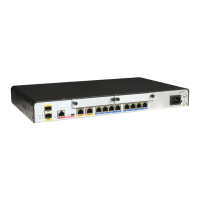
